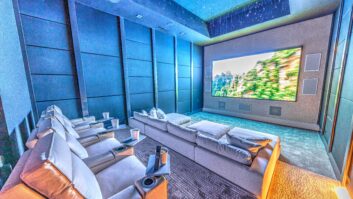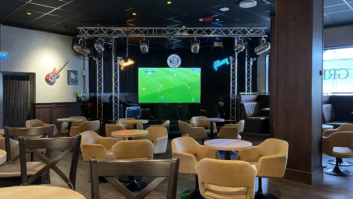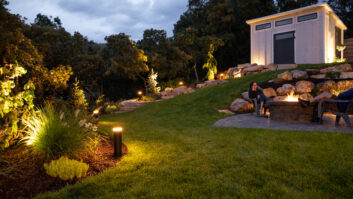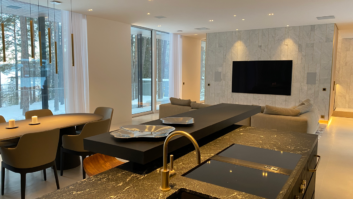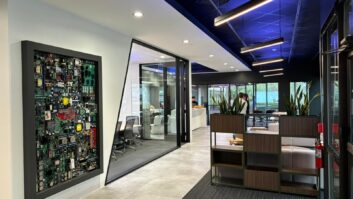One of the things I love reading when I get magazines like Residential Systems, Popular Mechanics, and others are case studies on interesting solutions or on cool applications of technology. I hope to replicate that in this space on occasion, by writing about projects that we do at The Source Home Theater or are done by some of my friends at other firms.
This week, my colleague Mark Feinberg had an interesting situation with a client. He got a call from someone whose AVR had blown and needed to be replaced. When Mark showed up for the consult, the system was pretty hacked together. There were two zones of video and an additional zone of audio, all coming off of a two-zone AVR. The HDMI output was going through a splitter to serve a TV in the living room and another in the bedroom, as well as the audio for the third zone (a bathroom) was doubled up on the binding posts for the bedroom, with a volume control knob in the bathroom to turn the audio on or off.

Image: Thinkstock
And the client was using all of the original remote controls to do everything in the bedroom (Zone 2) and bathroom, using an IR repeater kit. Usage was difficult, to say the least, and reliability was terrible. Plus every zone pretty much had to watch and listen to the same thing.
Video sources would be a TiVo, Time Warner set-top box (for video on demand), PlayStation, and desktop PC. The audio sources were all of the above, as well as a Sonos Connect.
Mark put together a proposal using a Marantz SR5011 (a two-zone AVR), a Control4 HDMI switch with audio down-mixing, and a Control4 four-zone audio matrix (a matrix switch and amplifier in one). Control in the video rooms would be with handheld remotes and the Control4 app. Audio control in the bathroom would be via a ZigBee keypad replacing a light switch, as well as the app.
The topology would be:
•All video sources would go into the HDMI matrix
•HDMI output 1 to the AVR for the living room surround sound and then on to the TV
•HDMI output 2 to the bedroom
•Down-mixed audio outputs to the audio matrix
•Sonos would go into audio matrix input
•Audio matrix line-level output would go to AVR for Sonos in the living room
•Audio matrix speaker outputs to the bedroom and bathroom
•AVR speaker outputs to living room surround sound
Originally, he wasn’t going to use the audio matrix, but instead a three-zone AVR with the audio from the HDMI matrix going directly to it and all speakers connected to it. The Control4 system design team, however, was concerned that it was necessary to use the audio matrix to avoid HDMI audio being sent to the AVR instead of the down-mixed audio from the analog outputs; the HDMI matrix would see both connections from itself to the AVR and would choose the higher quality (HDMI audio), and the receiver wouldn’t pass that audio on to Zones 2 and 3.
Unfortunately, this was too expensive for the client, so Mark had to go back to the drawing board, and after calling Marantz to discuss the situation with them, they recommended the following topology using a Marantz SR7011 (three-zone AVR, with two HDMI video zones):
•All HDMI video inputs to AVR
•All video sources on parallel paths with analog or digital audio cables to the AVR
•All speaker connections to the AVR
The client was happy with the revised proposal. Using the Control4 Composer Pro software to make all of the “connections” in the programming, Mark’s team had the system connected and up and running smoothly in less than a day.
With a little research and some creative thinking, he was able to satisfy the customer’s needs and budget as well as land an $8,000 project that could be turned around in less than a day with one tech and one programmer.
These smaller jobs are what help keep companies like ours busy and profitable in between the larger projects, and to have a team of two generate this much revenue in a day is a great win for the company.

